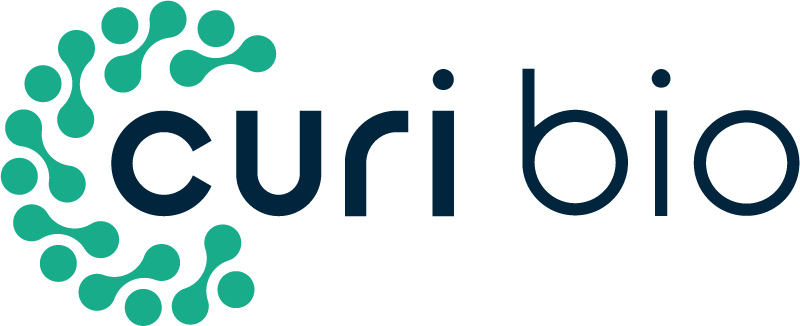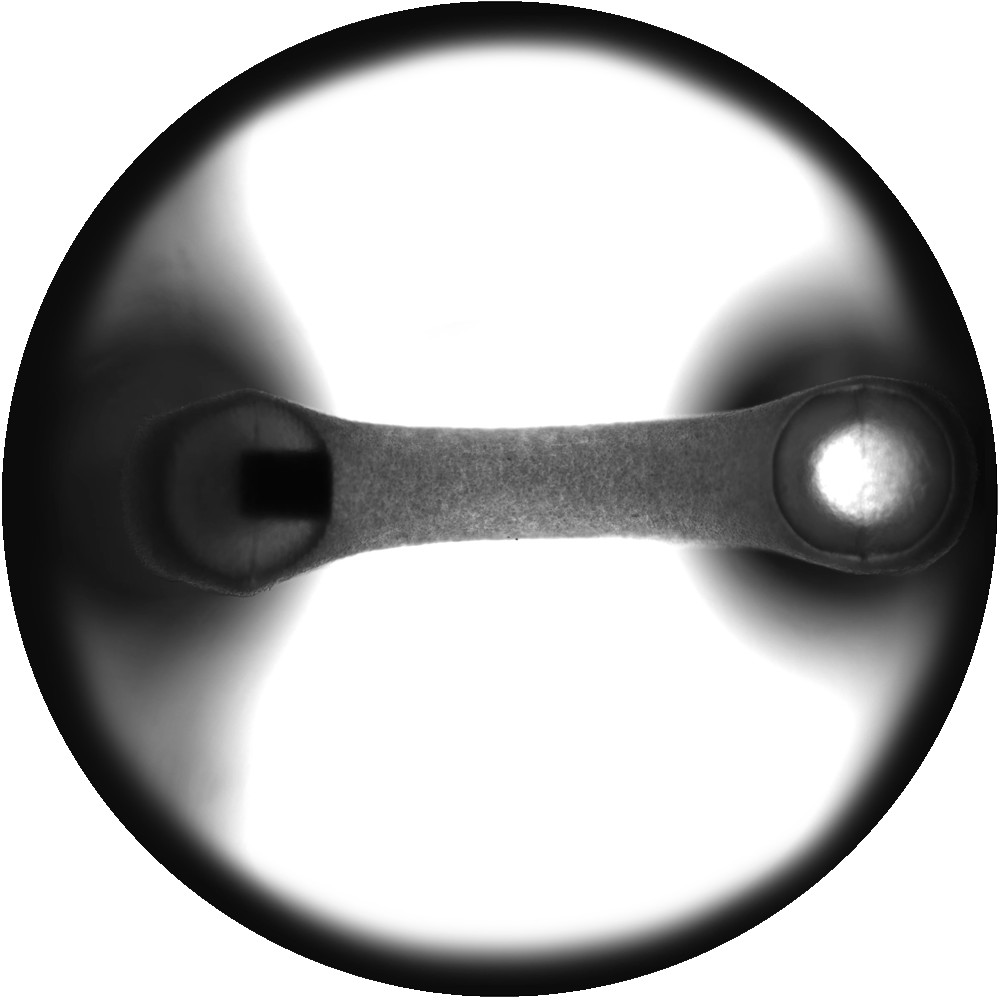[October 2021 Newsletter] Live Webinar: Sign up now to secure your spot!
Register Today!
Mantarray Webinar
Mantarray: Scalable Human-Relevant 3D-Engineered Cardiac and Skeletal Muscle Tissues for Safety and Efficacy Studies
Mantarray: Scalable Human-Relevant 3D-Engineered Cardiac and Skeletal Muscle Tissues for Safety and Efficacy Studies
In this free live webinar, Dr. Nicholas Geisse will discuss how contractility can be measured using 3D engineered muscle tissues (EMTs) in a scalable format with Curi Bio’s Mantarray platform. These 3D EMTs can be generated from human induced pluripotent stem cells (iPSCs) with healthy and diseased phenotypes, allowing scientists to access clinically-relevant functional data earlier. The presentation will include the value of 2D vs. 3D assays, how to balance complexity with throughput, and the use of this novel platform for toxicity screening and disease modeling for the discovery of new therapeutics.
Join Curi Bio on Friday, October 22, 2021 at 1pm EDT (10am PDT) to hear an overview of this technology, along with application examples, including:
Cardiac applications that focus on the assessment of drug toxicity for acute proarrhythmic compounds as well as chronic structural cardiotoxicants.
Skeletal muscle applications that can achieve tetanic contractions and fatigability, as well as stain positively for muscle specific markers, including fast myosin and desmin.
Disease models generated from iPSCs, as well as patients with rare diseases such as muscular dystrophy, and tested on the platform.
3D engineered heart tissues (EHTs) matured 7 days on Curi BIo’s Mantarray platform.
Is this date/time not good for you? Please reach out and express interest to receive the on-demand version of the webinar as soon as it's available.
Newest Mantarray Data
3D Engineered Human Skeletal Muscle Characterization
Skeletal 3D engineered muscle tissues (EMTs) from primary and iPSC-derived myoblast human lines were measured on the Mantarray platform. EMTs stain positive for the muscle specific markers, fast Myosin and Desmin. EMTs generate greater forces under higher frequency electrical stimulation, recapitulating native force-frequency behavior.
EMTs from primary cells were paced at 10V at either 1Hz (below; top graph) to induce twitch contractions or at 10Hz to induce tetanic contraction (below; bottom graph). As tissues matured over 19 days there was an increase in both active twitch force and tetanic force. Both are within the dynamic range of the post device and the instrument.
Visit Curi Bio
Upcoming Events
Frontiers in Myogenesis Conference
November 15-18, 2021 – Herradura, Costa Rica
TERMIS 2021
November 15-19, 2021 – Virtual




